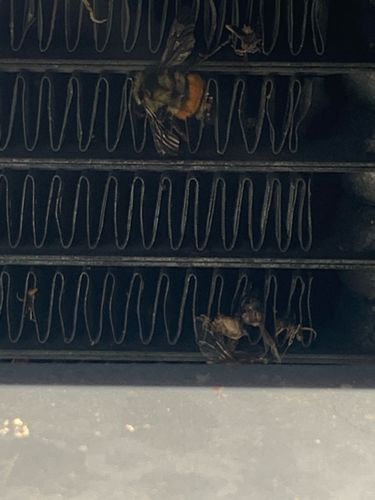Bumblebee
Scientific Name: Bombus spp.
Order & Family: Hymenoptera, Apidae
Size: Typically 10-25 mm (0.4-1.0 inch) in length, depending on the species and caste (queen, worker, male).

Natural Habitat
Found in a variety of habitats including meadows, gardens, forests, and urban areas, particularly where flowering plants are abundant.
Diet & Feeding
Adult bumblebees feed on nectar from flowers, which provides them with energy. They also collect pollen, which is a protein source for feeding their larvae.
Behavior Patterns
Bumblebees are social insects that live in colonies, though often much smaller than honeybee colonies. Queens emerge in spring, establish a nest, and lay eggs. Workers forage for nectar and pollen, care for the young, and maintain the nest. Males (drones) and new queens are produced later in the season. Only the new queens typically survive the winter by hibernating.
Risks & Benefits
Potential risks include stings, which can be painful and cause allergic reactions in sensitive individuals. However, bumblebees are generally less aggressive than wasps and usually only sting when provoked or their nest is threatened. The primary benefit is their crucial role as pollinators for a wide variety of wild plants and agricultural crops, contributing significantly to biodiversity and food production.
Identified on: 9/20/2025